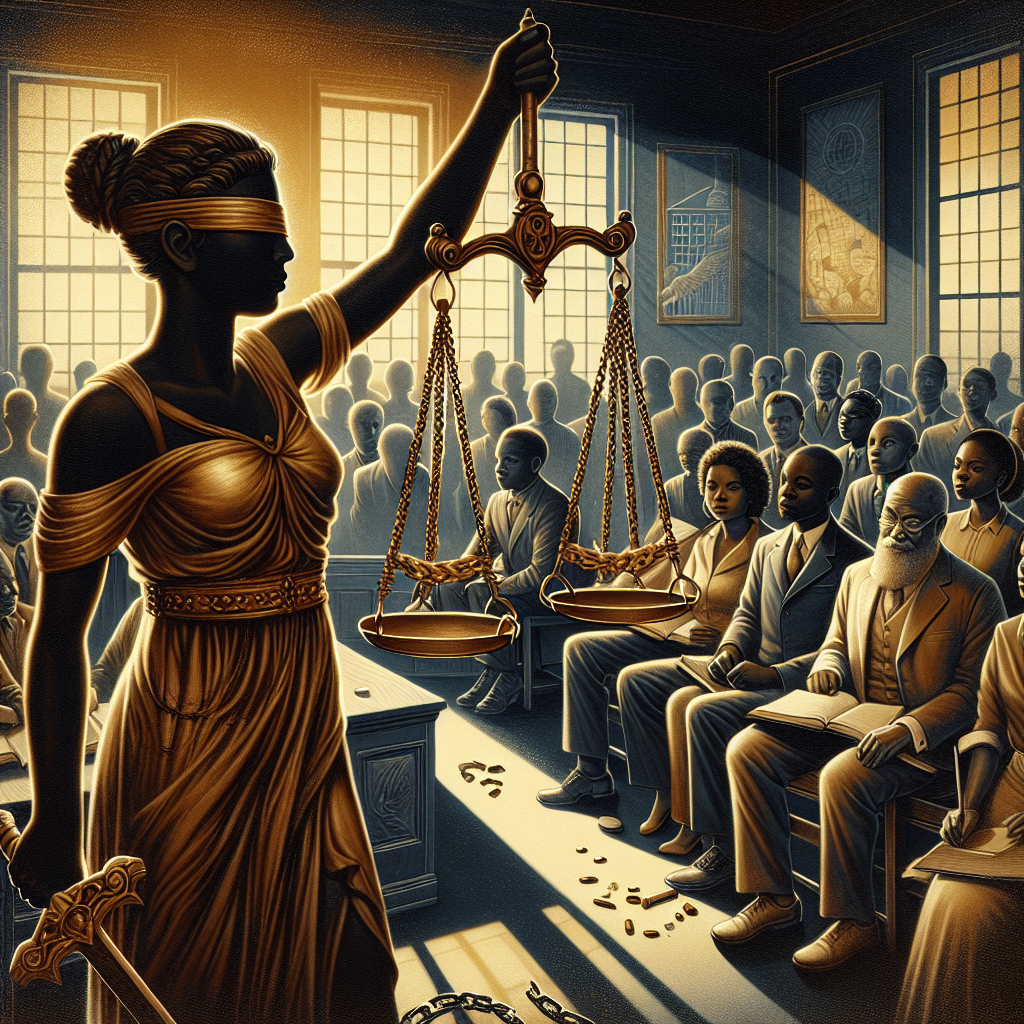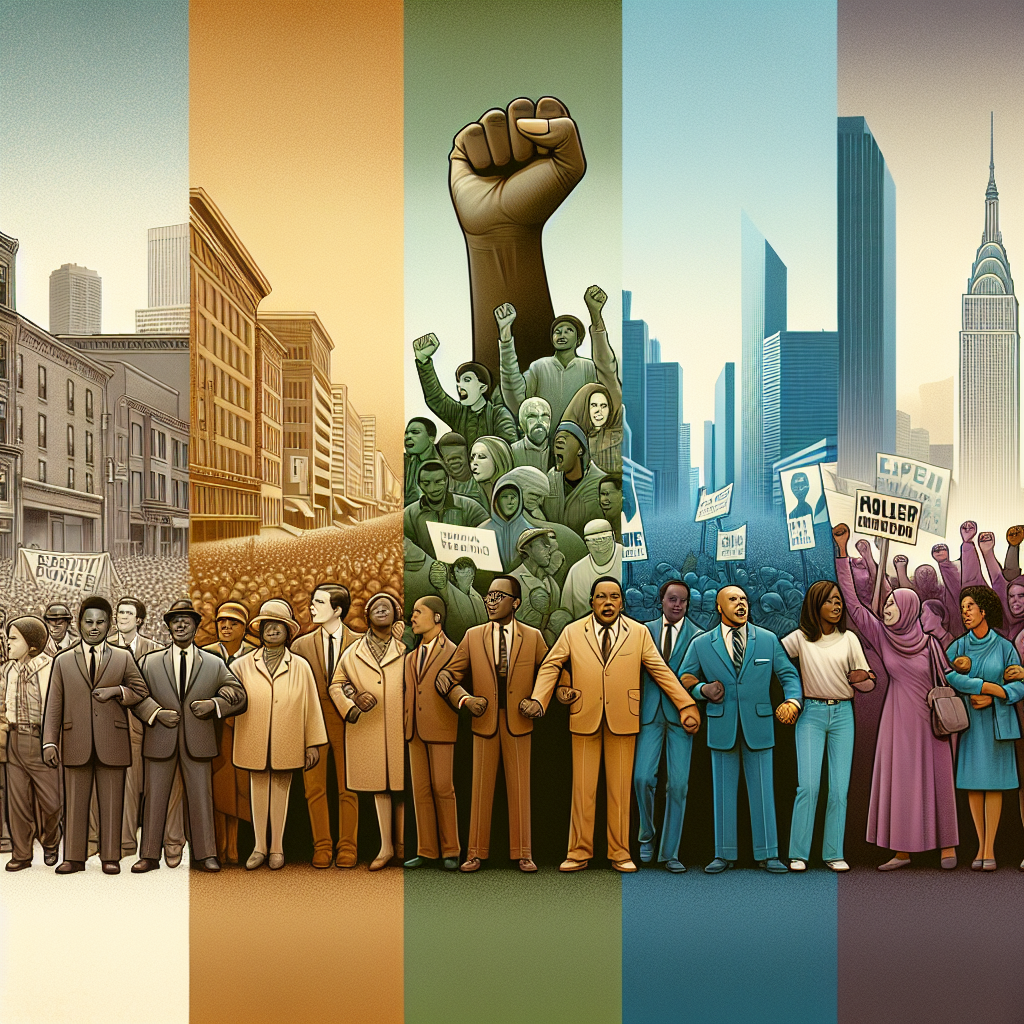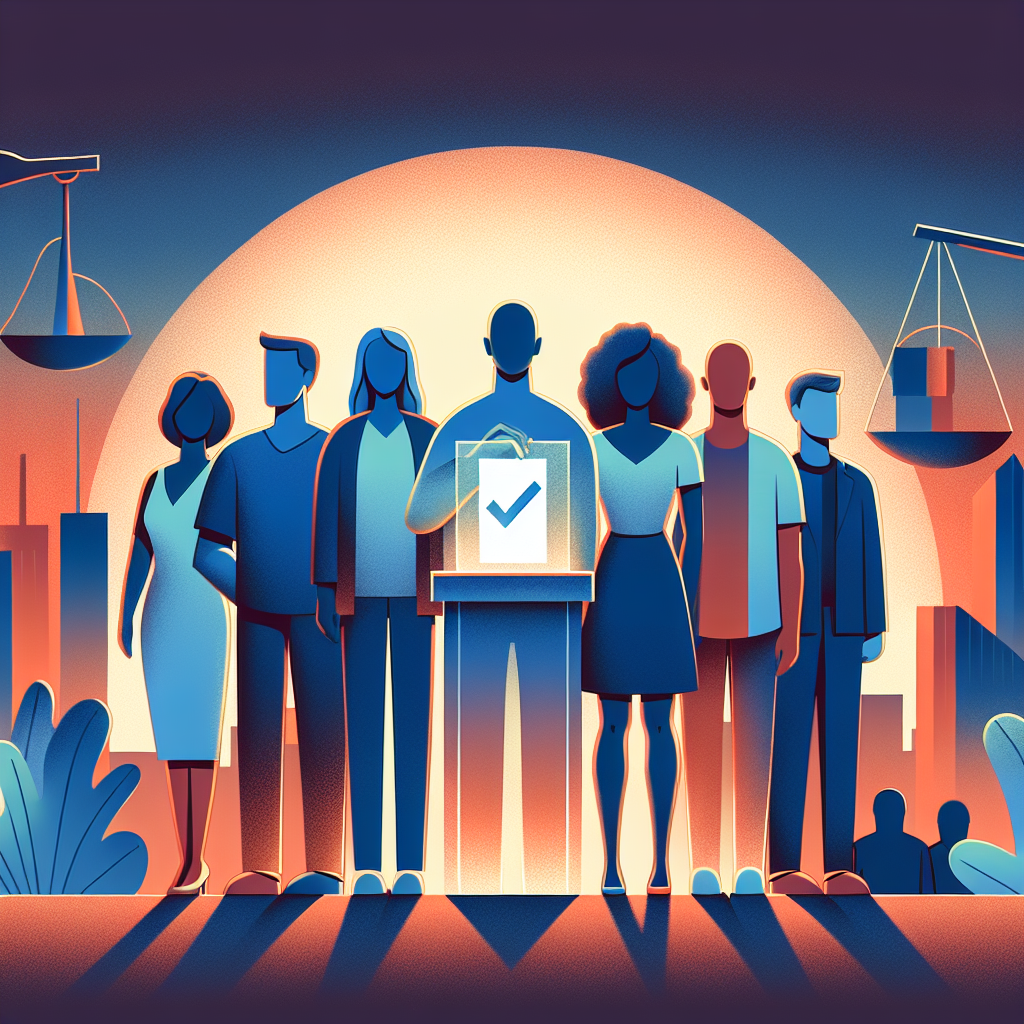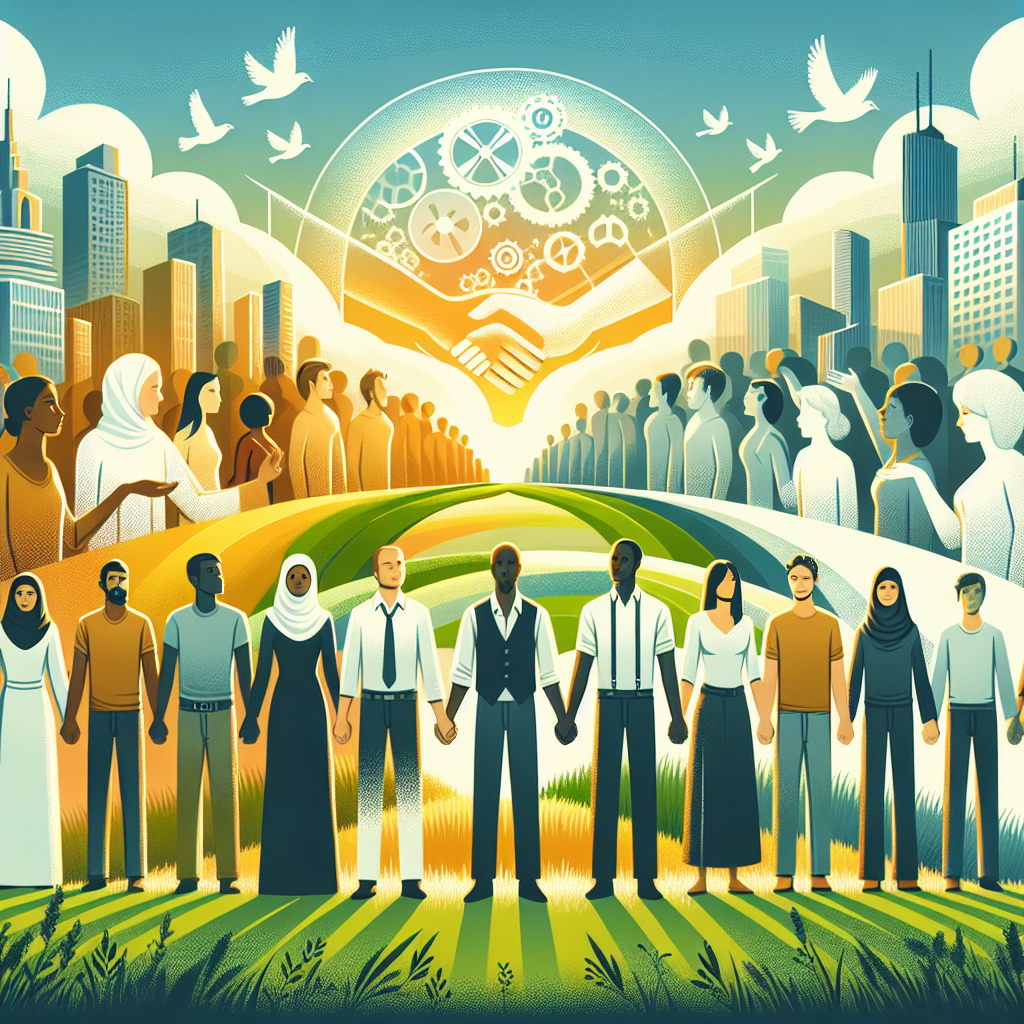The History of Civil Rights Movements in the US
The struggle for civil rights in the United States is a profound narrative of resilience, courage, and the unyielding quest for equality. From the early days of abolitionism to the dynamic movements of the 20th century, the history of civil rights in America is rich with stories of individuals and communities who stood up against oppression. This blog post delves into the key moments and figures that have shaped the landscape of civil rights in the US.
Early Struggles: Abolitionism and the Path to Emancipation
The roots of the civil rights movements can be traced back to the abolitionist efforts in the 19th century. Abolitionists, both black and white, campaigned tirelessly against the institution of slavery. Figures like Frederick Douglass and Harriet Tubman emerged as leaders, risking their lives to free enslaved individuals and advocate for their rights.

The Civil War and the passing of the 13th Amendment in 1865 marked a significant victory by abolishing slavery. However, the struggle for true equality was far from over. The Reconstruction Era saw the emergence of Black Codes and Jim Crow laws, which aimed to disenfranchise African Americans and segregate them from white society.
The Rise of the Civil Rights Movement in the 20th Century
The early 20th century saw the formation of organizations such as the National Association for the Advancement of Colored People (NAACP), which played a pivotal role in challenging discriminatory laws and practices. The landmark case Brown v. Board of Education in 1954, which declared the segregation of public schools unconstitutional, was a significant victory for the NAACP and the civil rights movement.

The 1950s and 1960s were a period of dynamic activism. The Montgomery Bus Boycott, sparked by Rosa Parks’ arrest in 1955, became a powerful symbol of resistance. Dr. Martin Luther King Jr., a charismatic leader, emerged during this time, advocating for nonviolent protest and delivering his iconic “I Have a Dream” speech during the 1963 March on Washington.
Legislative Milestones: The Civil Rights Act and Voting Rights Act
The efforts of civil rights activists culminated in significant legislative changes. The Civil Rights Act of 1964 was a landmark law that outlawed discrimination based on race, color, religion, sex, or national origin. It was a crucial step toward dismantling institutionalized racism in public facilities and the workplace.
Following closely was the Voting Rights Act of 1965, aimed at overcoming legal barriers that prevented African Americans from exercising their right to vote. This legislation was a direct response to the civil rights marches and demonstrations, including the Selma to Montgomery marches, which highlighted the violent opposition to African American voting rights.
The Continuing Struggle: Modern Civil Rights Movements
While significant progress has been made, the fight for civil rights continues. The late 20th and early 21st centuries have seen the rise of movements addressing issues such as racial profiling, police brutality, and systemic inequality. The Black Lives Matter movement, which began in 2013, has become a powerful force, advocating for justice and equality in the face of ongoing racial disparities.
Today’s civil rights activists utilize social media and technology to organize, raise awareness, and advocate for change. The struggle for civil rights is an ongoing journey, with new challenges and opportunities for progress.
Conclusion
The history of civil rights movements in the US is a testament to the enduring spirit of those who have fought for justice and equality. From abolitionists to modern-day activists, each generation has contributed to shaping a more equitable society. While much has been accomplished, the journey continues, calling on each of us to participate in the ongoing effort to achieve true equality for all.
FAQs
Q: What were the major impacts of the Civil Rights Act of 1964?
A: The Civil Rights Act of 1964 had a profound impact by prohibiting discrimination in public places, providing for the integration of schools and other public facilities, and making employment discrimination illegal. It laid the groundwork for future civil rights legislation.
Q: Who were some key figures in the civil rights movement?
A: Key figures include Dr. Martin Luther King Jr., Rosa Parks, Malcolm X, and organizations like the NAACP. Each played vital roles in advocating for African American rights and equality.
Q: How does the civil rights movement continue today?
A: Today’s civil rights movement continues to address issues such as racial inequality, police brutality, and systemic injustice. Movements like Black Lives Matter use modern technology and social media to organize and advocate for change.





Leave a Reply
You must be logged in to post a comment.